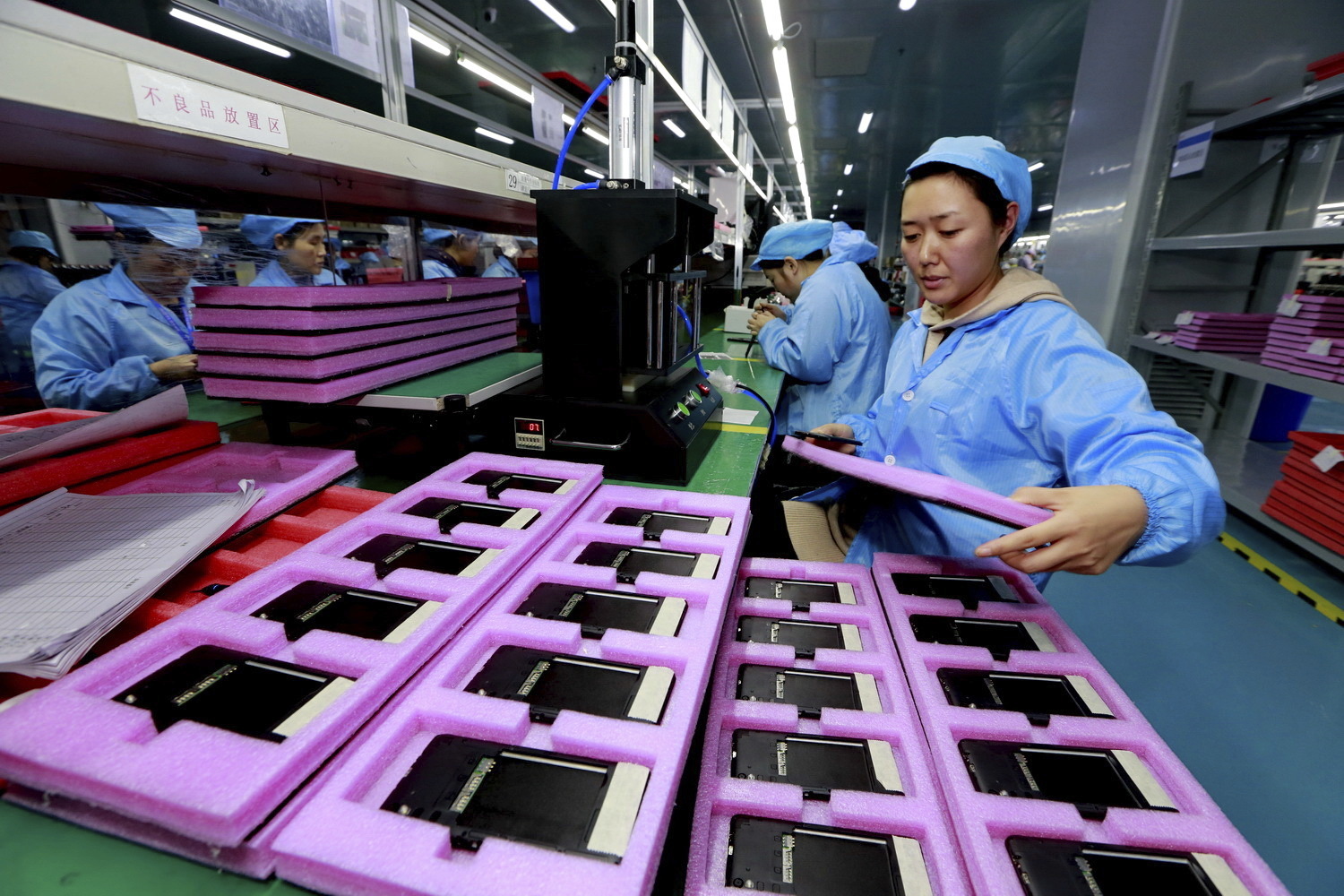Sign up for the daily CJR newsletter.

Defense Secretary and erstwhile Fox News personality Pete Hegseth has been putting the screws to mainstream media almost from the day he took over. So, for example, the department held only one formal press briefing in the first hundred days of this Trump term. Meanwhile, news organizations like Politico, the New York Times, and NPR have been ordered to give up Pentagon office space to make room for sycophantic outlets like One America News and Breitbart. Last week, Hegseth prohibited reporters from walking freely through most parts of the Pentagon without an approved escort.
So perhaps it wasn’t that much of a surprise when the Pentagon apparently sought to block CNN’s Haley Britzky from serving as the TV pool reporter for Hegseth’s Singapore trip this week. No reasons were provided, though she had recently stirred the ire of a top Hegseth ally by tweeting out her Signal contact information after the Defense Department tried to crack down on leaks.
But there was a surprise waiting for us—and it’s in how Britzky’s fellow Pentagon reporters responded. According to media scoopmeister Oliver Darcy, those journalists told the Defense Department that they’d skip the trip if Britzky wasn’t restored to her pool role. “The Pentagon relented,” Darcy noted. “Britzky will travel with Hegseth as originally planned.”
Good for Britzky’s fellow reporters. And if you noticed a contrast between this incident and how the White House press corps has handled Trump’s ban on the Associated Press, well, you aren’t the only one.

The Pacific Northwest has an energy problem. Oregon and Washington are pushing to increase renewable sources, but much of the sun and wind that would power the grid is in the eastern part of the states, hundreds of miles from the population centers on the coast. There isn’t enough transmission capacity, so electricity costs have skyrocketed, and officials are warning of rolling blackouts as they cope with an overloaded grid.
Electricity transmission is the kind of topic a journalist might ignore, until his kid’s iPad conks out and a tide of melted Chunky Monkey dribbles through his freezer door. But reporters Tony Schick and Monica Samayoa—in a joint Oregon Public Broadcasting/ProPublica project—have been ahead of the game, and showed this month that the issue isn’t just a matter of geography. Due to bureaucratic and financial snafus, the region has been slow to build transmission lines that the states need. One salient data point: the Bonneville Power Administration (the federal agency that owns most power lines in the area) built more than forty-eight hundred miles of high-voltage transmission lines from 1960 to 1990—but in the past five years, it has managed to put up just one mile.
These progressive states now rank among the slowest in the nation in providing new renewable energy to their citizens, while red states like Kansas and Texas are racing well ahead. As one energy developer told Schick and Samayoa, “I don’t know a single place in Oregon or Washington where I can connect a new solar project and get transmission. Not one.”

President Trump has made clear, as recently as last week, that he wants Apple to move production of its iPhones from Asia to the US. But Asia offers a lot of advantages, ranging from trusted supply chains to trained, cheap labor.
And it turns out that China has one other calling card, according to the New York Times: “Young Chinese women have small fingers, and that has made them a valuable contributor to iPhone production because they are more nimble at installing screws.”
Now, it’s not entirely clear how the Times knows so much about Chinese hand size; its statement is attributed to unnamed “supply-chain experts.” But that sentence led me to spend part of a recent afternoon digging into some rather creepy research into international hand sizes, surfacing studies from 1984 and 2015 that appear to show Chinese hands aren’t so small after all.
Shortly after the story was published, Guardian reporter Julia Carrie Wong reached out to a Times spokesperson, who was happy to defend the theory. As evidence, he cited a comment from Patrick McGee, a longtime business reporter, from a podcast with Bari Weiss: “The tasks that are being done to make iPhones often require little fingers,” said McGee, while waving his relatively big fingers. “It’s young Chinese women with little fingers.”

If you live in Washington, DC, you really ought to get earthquake insurance, because 8.2 Richter scale temblors seem to hit the city almost every day—or certainly since Trump’s inauguration:
- “The president has shaken Washington in just weeks since retaking power.” (CBS)
- “The first quarter marked the beginning of Musk’s cost-cutting project, which has shaken Washington.” (NYT)
- “The announcement that the former president has prostate cancer has shaken Washington.” (Politico)
- “The Signal chat blunder has shaken Washington.” (Politico)
- “My colleagues’ report that Elon Musk was set to be briefed on the military’s top-secret plans has shaken Washington.” (NYT)
- “Trump’s administration calls the program DOGE, and its work has shaken Washington.” (NYT)
- “In four months, Trump has eviscerated social, political, governance and foreign policy norms. He has shaken Washington.” (MLive)
- “How plane crash horror has shaken Washington.” (The Times of London)
If you have a suggestion for this column, please send it to laurelsanddarts@cjr.org. We can’t acknowledge all submissions, but we will mention you if we use your idea. For more on Laurels and Darts, please click here.
Has America ever needed a media defender more than now? Help us by joining CJR today.







